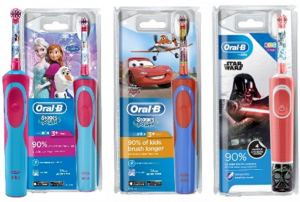Children’s Teeth – Lock-down Brushing
The health of our children’s teeth is very important, however, I am sure we are all feeling the effects of the 2020-21 lock-downs on at lease some of our usual household routines. Juggling working from home and home schooling, it is so easy to get out of routine. Please find below some top tips below to help keep our children’s teeth super healthy!
Plaque Disclosing
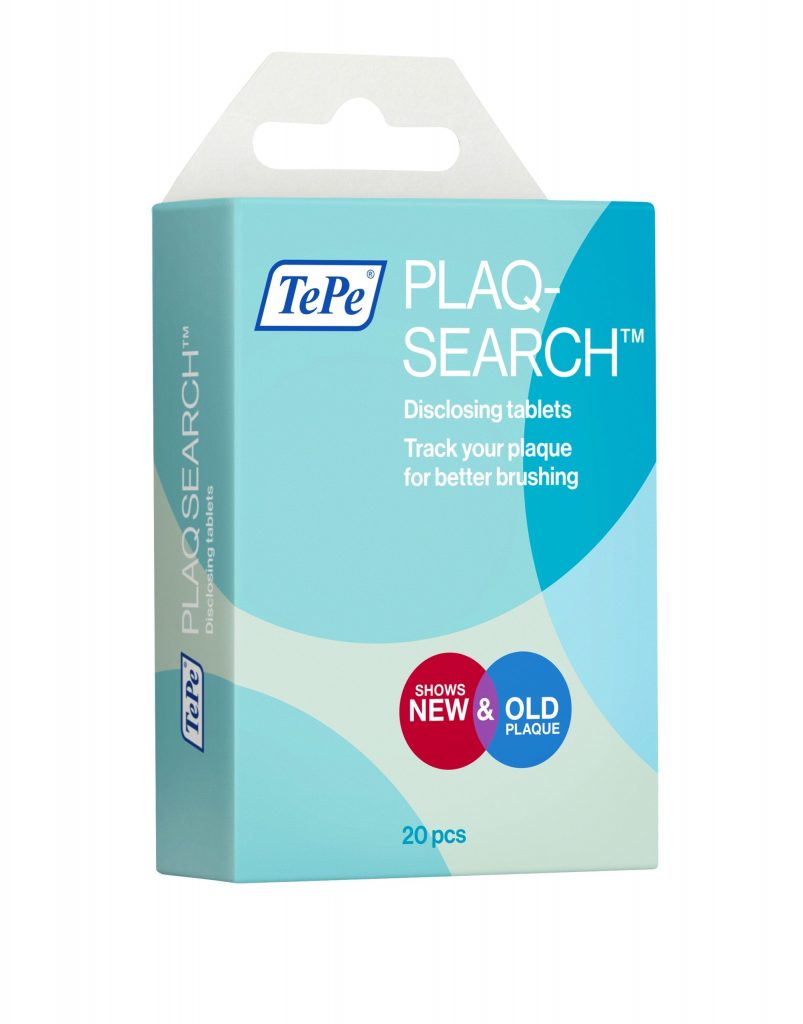
Plaque bacteria forms naturally over our teeth and gums and needs to be removed regularly by brushing twice a day to help keep teeth and gums healthy.
These plaque disclosing tablets can be a fun activity to do during lock-down to help with your child’s brushing. They use a colouring system to differentiate between newer and older plaque.
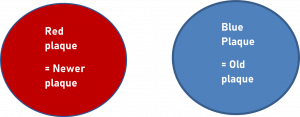
How to use:
- Unwrap the purple tablet and chew thoroughly swishing around your mouth.
- Spit out any residue with the tap running! Then have one rinse with water.
- Look in the mirror and give a big cheesy smile. Check out a nice purple tongue too!
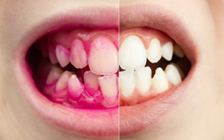
Red plaque indicates that it has been present on the tooth surface less than 12 hours.
Purple/blue shows the plaque has been there for over 12 hours.
For any areas of purple /blue dye showing this could be an area our child could be frequently missing. This can help to encourage them to focus on these areas or allow us as a parent to help them reach those particular areas for them.
04. Brush off all that plaque! 😊
**Top Tip ** It is important for parents to supervise/help with brushing up to the age of 7 years once they can tie their own shoe laces! as this will be when they have more dexterity to reach everywhere in the mouth.
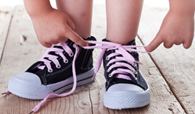
What Should I do After Brushing?
- To help maintain fluoride concentration levels after brushing spit out the toothpaste, and do not rinse with water or mouthwash.
- Mouthwashes do contain fluoride, but much less than toothpaste. So, in a sense they still dilute the concentration of fluoride from the toothpaste. If they would like to use a child’s mouthwash, please use at a separate time to brushing (maybe after lunch whilst being at home). Mouthwashes are not a necessity, see Chloe’s mouthwash blog for full details.
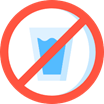
Children’s Teeth – Which Toothpaste Should I Buy?
It is important to use a toothpaste designed for your child’s particular age group, as too much/too little fluoride an have an affect on your child’s teeth.
Children up to 3 years
Fluoride toothpaste containing 1000 parts per million (ppm) fluoride. Use a smear of toothpaste covering less than three-quarters of the brush.
Examples:
- Aqua fresh milk teeth
- Oral B baby 0-2yrs
- Wisdom-step by-step 0-3 years
- Colgate kids mild fruit baby toothpaste
Children aged 3-6 years
Fluoridated toothpaste containing 1350-1500ppm fluoride. Use no more than a pea sized amount.
Examples:
- Aqua fresh little teeth
- Colgate maximum protection Kids
- Aquafresh Splash kids Strawberry and mint toothpaste
Children 7 years+ to young adults
Toothpaste containing 1350-1500ppm fluoride. Use no more than a pea sized amount.
Examples:
- Aqua fresh my big teeth
- Sensodyne Pronamel Enamel Care
- Colgate maximum protection Kids
- Oral B Junior 6yrs+
**Top tip** Flavoured toothpastes can be beneficial in helping are children want to brush their teeth, however could produce a challenge of switching over to most mint flavoured toothpastes as they get older. We often recommend starting with a mint flavoured toothpaste to get them used to the flavour.
If your child is not keen on mint or other flavoured toothpaste oraNurse toothpaste may be the option! It is an unflavoured toothpaste which was initially developed for autistic children who have a problem with taste, even to the extent of disliking the taste of water. This toothpaste also does not foam. There is 1000ppm (for children up to 3yrs) and 1450ppm oraNurse options available.
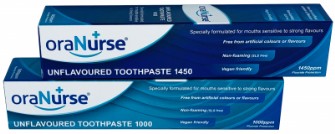
Children’s Teeth – Which Toothbrush is Best?
There is evidence to suggest that oscillating round head electric toothbrushes can be more effective for plaque removal than manual toothbrushes. However, technique is key! It is probably more important that the brush, whether it is manual or electric, is used correctly twice daily.
Manual Toothbrush vs Electric Toothbrush
Manual toothbrush:
Type: soft bristles. Small brush head.
To angle the toothbrush at a 45-degree angle towards the gum on each tooth, use small circular motions and then brush away from the gum. Starting on the top right, work your way round the outside surfaces of the teeth. Then brush the biting surfaces where we chew food, and then after that, brush the inside surfaces. Repeat for the lower teeth. Having a routine will mean that you wont miss any tooth surfaces. Don’t forget to also brush the tongue😊.
Electric toothbrush:
Type: Round oscillating head.
Hold the electric toothbrush head over each tooth and gum for 3-5 seconds on each surface. Work your way round the mouth, starting top right, going around the outside surfaces of the teeth. Then brush the biting surfaces where we chew food, and then, after that, brush the inside surfaces. Repeat for the lower teeth. You can lower the power of your electric toothbrush to brush the tongue so that it is more comfortable.
0-2 years
Type: Soft bristles. Small brush head.
Technique: Brush twice a day with small circular motions on the teeth. They may want to chew on the brush too!
Examples:
- JoJo Maman bebe floss brush
- Wisdom step by step brush
- Aqua fresh 2-2years milk teeth manual toothbrush
- Colgate Kids 0-3 years extra soft toothbrush
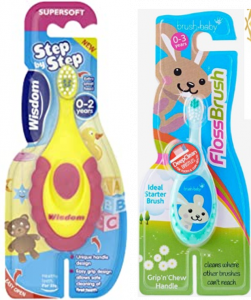
3 years +
6 years +
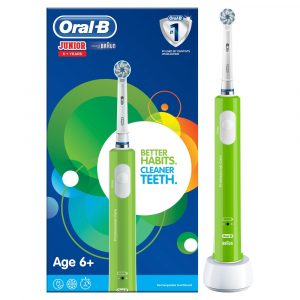
Teen 12 years +
- Oral B Teen
- Oral B Pro 2
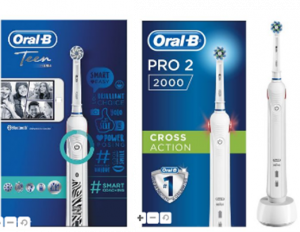
Flossing for Teens
When children go into their teens, we would start to recommend flossing. They can start earlier if they wish and this will help to remove plaque in-between the teeth and prevent it turning into calculus.
When going down in between the teeth with flossers, curve the floss around one side of the tooth and glide it up one side. Then, go back down in between the same gap and glide up the other side of the adjacent tooth. The floss does not need to go down too far, just so it touches the gum. It may help, starting off on the lower front teeth (canine to canine) to practice and increase confidence.
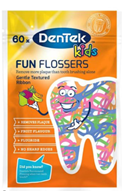
Hope this blog has been helpful for looking after our children’s teeth at home!
If you have any other questions or queries, or would like to book your child in for a hygiene appointment please to not hesitate to call New Street Dental Care on 01264301301 or email us at info@newstreetdentalcare.co.uk for some friendly advice or if you have concerns about your children’s teeth.
By Lauren Pink one of our dental hygiene and therapists.



